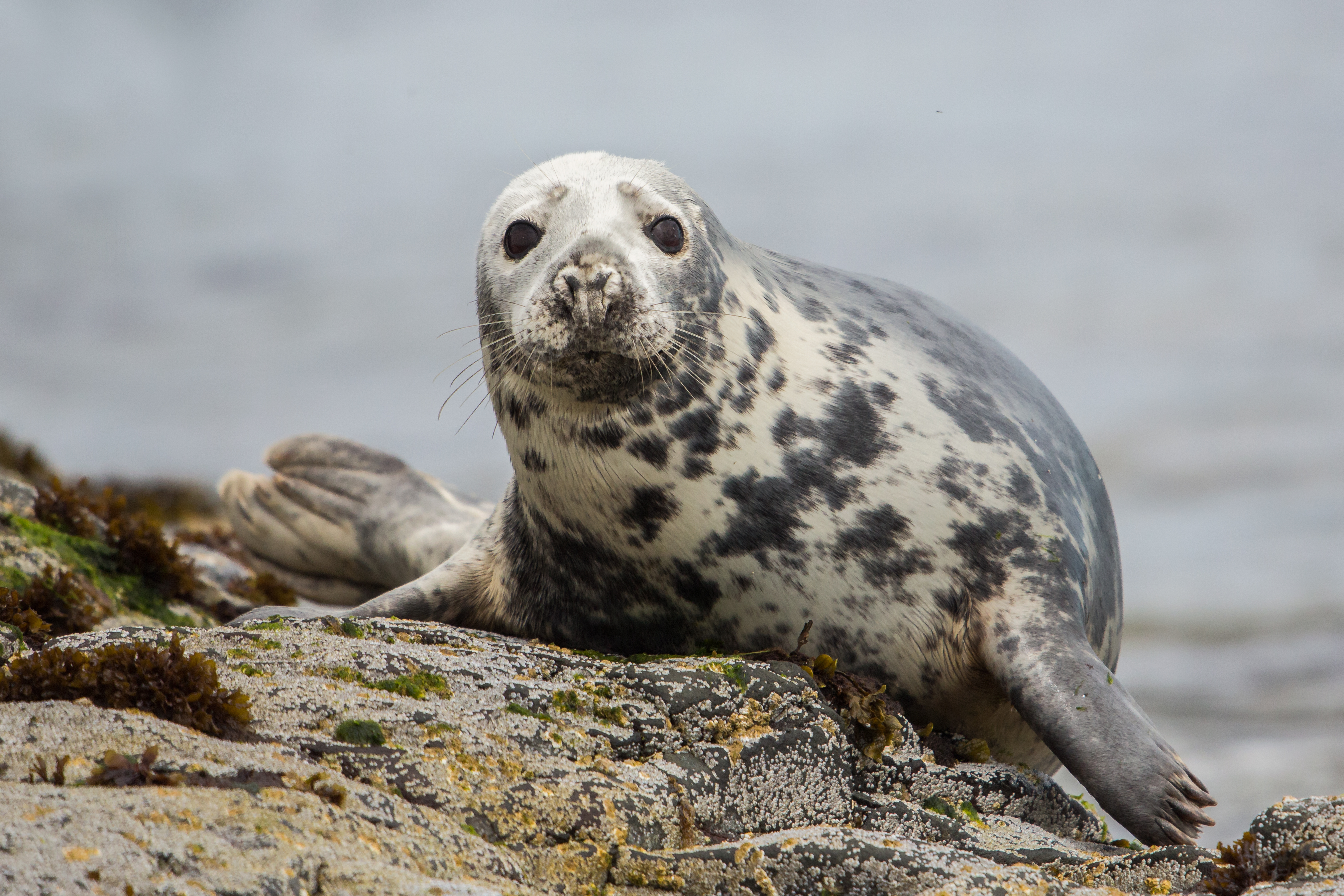In a concerted effort to tackle the climate crisis, humans are turning to offshore wind farms (OWFs) as a source of renewable energy – how does this affect the surrounding sea life?
OWFs are, quite literally, one of the biggest forms of renewable energy. The world’s largest covers an area of 462 square kilometers (around 178 square miles), with each turbine standing 200 meters (656 feet) above the sea. It has the capacity to power over 1.4 million homes.
But what impact do the towering turbines have on life in the waters below and the skies above?
It’s thought that OWFs could affect marine life in a number of ways, from noise and altered hydrodynamics disrupting the behaviors of fish and whales, to changes in the abundance and diversity of species in the area.
It’s not just ocean-dwelling creatures that can be affected either. Seabirds that live in the North and Baltic Seas – where a vast majority of OWFs are placed – are also thought to be endangered by turbines. A report from BirdLife International found that 12 North and Baltic seabird species were at high risk of colliding with farms and seven at high risk of being displaced by their construction.
Not all impacts are negative though – some research has suggested that OWFs have the potential for environmental benefits too.
A study following the movement of harbor and gray seals in the North Sea found that they were frequent visitors to two OWFs, foraging between turbines for prey. The researchers suggested that farms could be acting like artificial reefs, representing a new and concentrated source of prey. In areas where marine life has become less dense, it could allow life to flourish once again.

Gray seals appeared to forage around offshore wind farms.
Image credit: Luca Nichetti/Shutterstock.com
Even so, researchers explained that it’s difficult to predict the full extent of the potential environmental outcomes from these unexpected artificial reefs.
“Only a small proportion of our study seals utilised wind farms or pipelines,” study author Deborah Russell told the Guardian at the time.
“At present these structures cover a small proportion of the extent of the at-sea distribution of seals. As wind farms become more extensive, many more seals will likely be affected.”
Further research would be required, the study concluded, to make an accurate assessment of the impact of OWFs.
It might not be that long of a wait. With governments continuing to approve new OWFs, the shift towards turbines as a source of renewable energy is likely to power on. If that’s the case, how can those involved help to minimize the impact of the farms on the surrounding marine environment? Scientists have a few ideas.
Researchers published a study in March 2022 suggesting that OWF developers need to make better efforts to factor seabird population data into their plans, particularly for those species already experiencing population decline due to other factors.
“If existing drivers of population change are not considered during assessments, future threats are likely to be underestimated,“ said Catherine Horswill, lead author of the study, in a statement.
“We need wind farms to tackle the climate crisis but protecting biodiversity must also be a priority. We need to tighten up assessments to make sure that potential impacts to already struggling wildlife, such as the Kittiwake [a type of seagull], are better understood.”
When it comes to seabirds, scientists have come up with ways that the turbines themselves could be altered, including making them stripy. Researchers have also developed artificial nesting structures that have been placed near an OWF off the coast of Suffolk, England, although it will take some time to find out if they’ve made a difference to the number of collisions.
As for what could be done underneath the water, scientists and OWF companies have been working together to create intentional artificial reefs around wind farms, in both North Sea and tropical settings.
As a significant source of renewable energy and a key player in the response to climate change, wind power doesn’t appear to be going anywhere. To avoid replacing one problem by creating a new one, it seems researchers and developers will have to continue working hand in hand to ensure OWFs and marine life can successfully live side by side.
Source Link: How Do Large Wind Farms Impact Sea Life?